A New Perspective on Choosing Irons
One of the best things about hosting the Plugged In Golf Podcast is getting information that I didn’t ask for.
Not long ago, I spoke with two people from Titleist – Marni Ines, Director of Iron Development, and JJ VanWezenbeeck, Director of Player Promotions – about the new T Series irons [listen HERE]. During that interview, I asked what handicap levels should consider each model, and their response was (I’m paraphrasing), “Don’t think about it in terms of handicap, think about height.” They went on to explain that their Tour players used to put different shafts in their long irons to achieve higher ball flights, but now they use different heads.
This view on iron fitting is at odds with the way most golfers think, so we decided it would make for an excellent Golf Myths Unplugged. We weren’t wrong: we got so much data, we’re breaking this into two parts. Enjoy. Read Part Two HERE
The Myths
Myth #1 – Game improvement irons always create the highest shot apex
Myth #2 – Lighter shafts always create the highest shot apex
Myth #3 – Heads change apex more reliably than shafts
Myth #4 – Blades always create more spin more than game improvement irons
Myth #5 – Lighter shafts always create more spin
How We Tested
For this test, we brought together seven golfers with handicaps ranging from 0 to 14. Each player hit five shots with each of nine combinations – a matrix of three shafts and three iron heads. Every player used the same matrix but hit the combinations in a different order.
The three shafts were all the same flex but had different weights and flex profiles. For our purposes, we will refer to them as Heavy, Medium, and Light. The three iron heads all came from the same OEM and were set to stock specifications. They will be referred to as Blade, PD (Players Distance), and GI (Game Improvement).
All shots were recorded on Trackman. All testing was done at and with the help of Club Champion.
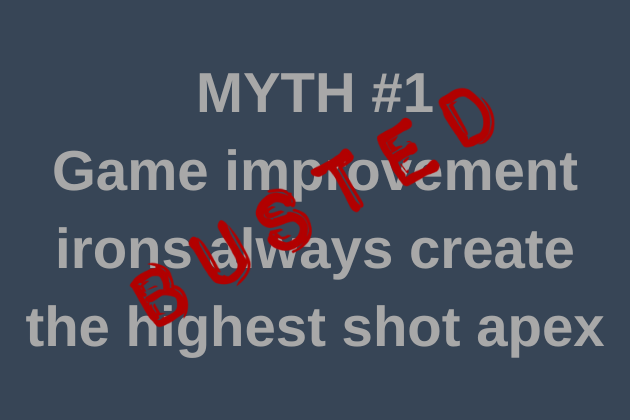
The Results
We start things off with an unequivocal “Busted” for the idea that game improvement irons will always create the highest shot apex. In our testing, we saw the GI produce the highest apex in five samples, the PD in nine, and the Blade in eight. GI clubs produced the lowest apexes of any club type. Each club type also recorded one “sweep” where a given tester produced the highest apex with that club regardless of shaft.

Lighter shafts followed in the wake of GI heads, proving an unreliable way to raise ball flight. In our tests, we saw the Light shaft record the highest apex nine times, Medium four times, and Heavy eight times. This “barbell” distribution was interesting to us, though it was one that we do not have an easy explanation for.
The effect of shaft weight was a bit more scattered than club head. With club heads, every tester saw significant apex differences in every data set. That was not the case with shaft weight. In a few cases, the difference between the three shafts was only a couple feet. However, most data sets did have significant differences and some were in the 20% range.
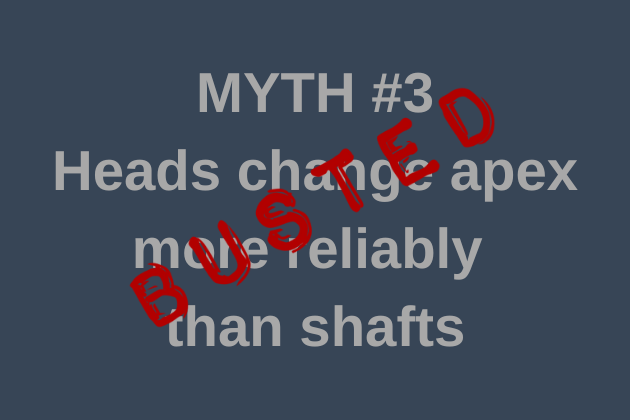
What we saw across all of this testing is that neither the club head nor the shaft are predictable ways to raise or lower apex. This data supports something we say frequently, “You can’t fit golf clubs on paper.”
If you’re looking to modify your ball flight, you should examine all options: heads, shafts, and specs. Also, keep all the important metrics in mind as you’re tinkering. Changing the shaft might raise your ball flight but hurt your consistency. A larger head might launch the ball higher, but the look might impact your ball striking. Try to make the smallest change so that you can maintain consistency throughout your set.
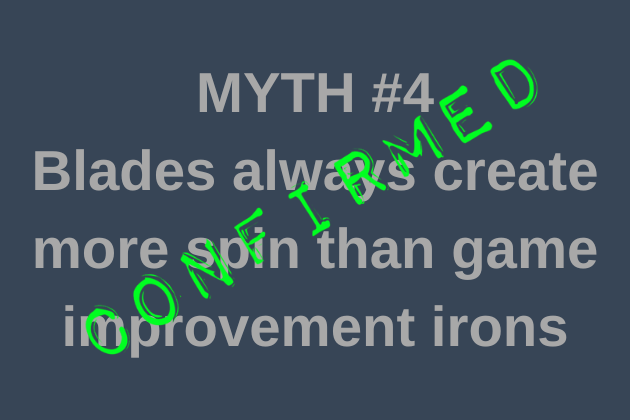
The myths put one in the win column: our Blade iron was higher spinning than the GI iron in every test. We can attribute this to two factors: the higher CG of blade irons and the weaker lofts. The Blade iron was the highest spinning in thirteen of our twenty one trials with the PD iron winning the other eight. Additionally, the Blade iron produced a sweep for three of our seven testers.
The spin gap between the Blade and GI irons was substantial. In eleven of our data sets, the Blade spun over 1,000 RPM more than the GI iron. The closest the GI iron got to the Blade was 400 RPM. While we would still never endorse fitting on paper, it is fairly safe to say that moving from a Blade to a GI iron will reduce your spin.
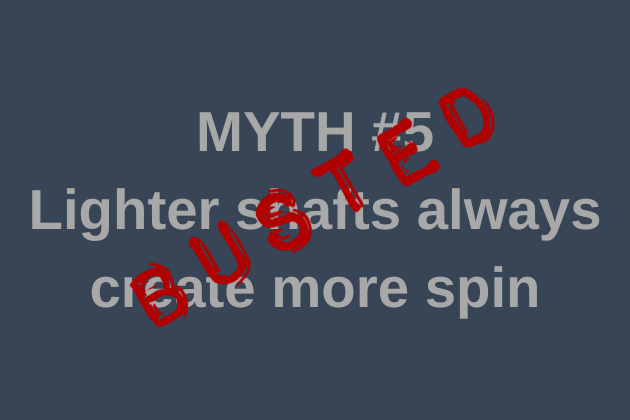
Opportunities for Further Testing
As if often the case, these results left us hungry to do more testing. One avenue we’d like to explore is testing with different OEM’s iron heads. It would be interesting to see if different companies favor higher or lower ball flight with different combinations of CG and loft.
The other change we could make would be equalizing the lofts. Not doing so was an intentional choice for this test for a variety of reasons. First, most golfers play stock specs, so we used stock specs to make this data applicable to the majority. Also, we wanted to test the clubs in the way that the OEMs designed them. Finally, we did not want to open the question of what lofts we would use and how that would bias the test. For example, if we bent everything to the PD lofts, that could give those irons an advantage due to their offset, bounce, and address look being the way it was designed to be.
If you’re interested in reading about different types of iron heads being tested at the same specs, we have two previous Golf Myths Unplugged where we did that with a focus on distance. Click on the titles below to read more.
Are Distance Irons Really Longer? from 2014
Are Distance Irons Longer than Blades? from 2019
The Takeaway
Is changing club heads an effective way to add height to your iron shots? It can be. Changing shafts can be, too, but neither one is a guarantee. As we have consistently seen across our Golf Myths Unplugged testing, a player’s reaction to a given combination of equipment is unique. If you’re trying to add height to your approach shots, the only surefire way to do so is to get a club fitting and test a variety of heads and shafts.
In part two, we’ll be examining the effects of changing head and shafts on distance, accuracy, and consistency. Stay tuned!
He founded Plugged In Golf in 2013 with the goal of helping all golfers play better and enjoy the game more.
Matt lives in the northwest suburbs of Chicago with his wife and two daughters.
- Performance Golf Click Stick Training Aid Review - October 18, 2024
- Callaway Opus Platinum Wedge Review - October 17, 2024
- When to Take a Break from Golf - October 15, 2024


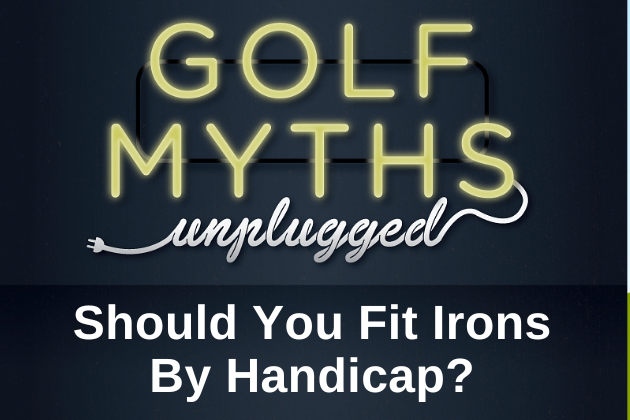


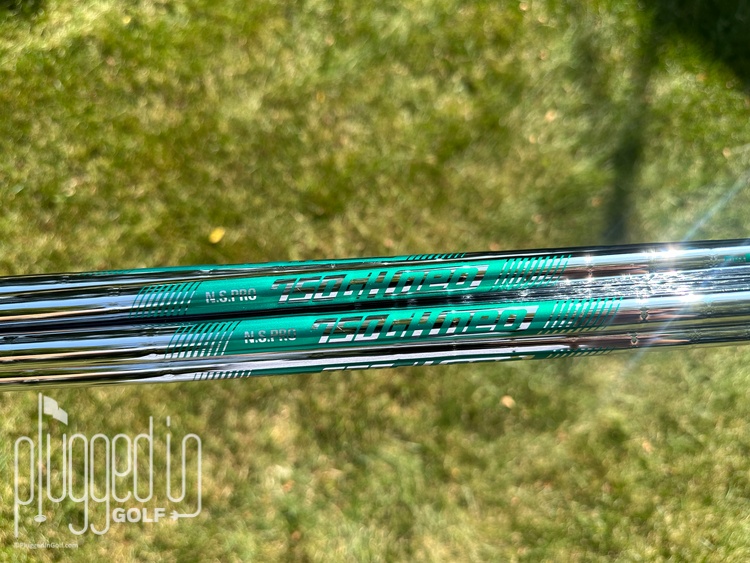
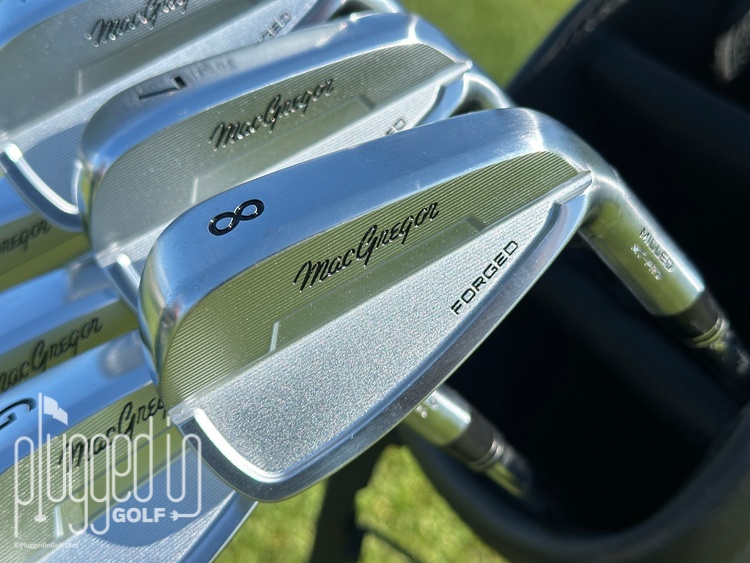









34 Comments
You can’t test irons against each other unless they’re the same loft. The number on the bottom doesn’t matter at all. Yes a gi 7 iron will go far lower than a blade. There’s probably 8° difference.
Brandon,
Actually, you can. And we did.
-Matt
Any kind of testing using handicap as a variable is flawed. Handicap has little to do with measurables like ball flight, distance, spin, apex, etc.
Andrew,
Did you even read the article? Where did you see handicap being used as a variable?
-Matt
Yes, I read the article. And after reading it again, I guess I don’t specifically see where handicap was used as a variable. But I also don’t see any of the actual test results as far as the numbers produced and how those where similar (or different) between players of different handicaps, swing speeds, etc.
The article was entitled “Should You Fit Irons By Handicap” and you pointed out that seven golfers with handicaps ranging from 0 to 14 were used for testing. If you didn’t use handicap as a variable, why use so many golfers with varying handicaps? Why not use seven golfers with the same (or similar) handicap?
Andrew,
We used the golfers who agreed to help us with our testing, as we always do. They had a range of handicaps, as they always do. It’s a pretty simple matter of practicality.
-Matt
I played with a 4 handicap player, I was a 12. He could not clear a tree on hole 12. I hit his club and cleared it with no problem. I think apex has more to do with the players swing and ball position than the shaft or club head.
Steve,
No argument, the golfer is the biggest part of the equation.
-Matt
As a club fitter, I love the first 2 comments thinking they had “gotten” you. My favorite is the “can’t test 7 irons that aren’t equal loft”, like creating clubs that work for different golfers and swings just isn’t a thing. Fantastic article man! It is trippy sometimes trying to fit someone and just not being able to get the Trackman numbers where you would wanna see them regardless of what you put together. Such is golf though. I think another test that would be great would be examining the spin/launch relationship for driver shafts and heads (i.e. 9° vs 10.5°, LS vs Std vs D-Type, and Ventus Black vs Ventus Red.
Thanks, Ryan.
Interesting analysis. Look forward to part 2. Ball choice plays a role in apex in my experience, probably more than shaft. Thanks.
I play with a fitted Titleist CB620 Irons 4-PW for 3 years now, my apex for all my Irons has been the highest compare to Gi set I had previously, I like them cause I have a better landing even though I lost a lot of distance.
I always have this argument with my fellow players saying that as a higher handicap 14 I shouldn’t play with blades.
I personally don’t struggle with my irons and I believe that my handicap is still high because I struggle a lot off the tee with the driver and woods (I wish one day I will meet that coach who will fix it)
This article really gave me some clarity on the behavior of my Irons and how I should go about for fitting of my next set… Thanks Matt.
Serge,
I’m glad you found the article helpful!
You might consider sending this to your fellow players: /should-you-play-blades/
Best,
Matt
Excellent article (could use some copy editing). Your testing shows that much of what manufacturers write about how their shafts will perform is nonsense. A shaft may perform as they say for some, but it may perform vastly differently for others. Go Devils!
I don’t understand how this data supports the statement made in the article “You can fit golf clubs on paper”. Wouldn’t the data be more fitting for saying You can’t fit clubs on paper? What am I missing here?
Rich,
That was a typo. It should have been (and is now) “Can’t”.
Best,
Matt
“You can fit golf clubs on paper.” Did you mean to say this? Or is it a typo?
Rory,
That was a typo; it’s been fixed. Thank you.
-Matt
Great info. The article, though, has an ironic typo: “You can fit golf clubs on paper.”
Charlie,
Thank you, I fixed it.
-Matt
What a great article. Looks to me, it’s the golfer. I am a high ball hitter no matter what club or shaft I use. Sure, a certain combo of shaft/head may create a minor difference… but still hit it high. Not to say a good fitting isn’t important.
The golfer is definitely the biggest part of the puzzle.
-Matt
I agree with Ryan that trying to fit a golfer to the best clubs using manufacturer’s recommendations usually won’t yield what one expects. I’m a gear junkie who trades out every club way too frequently, my long and varied experience is that clubs rarely perform during fitting / play / range sessions to conventional wisdom. Myth explosions happen. At 72 years of age, 13 handicap, I should be playing senior flex graphite shafts and cranked G.I. heads (which I as 4 months ago). My bag is now Titleist T200’s with the stock regular flex AMT red steel shafts. I’m banging the ball longer, straighter and more predictably.
I think the golfer is the biggest factor in the equasion. The shaft comes in at second. I have the Titleist T400 irons and was told you can’t stop them on the green. I have no problem stopping them, they just don’t back up. The shafts are senior flex.
So, in reading this, it wouldn’t be smart for me, if I wanted to consider buying new irons, to just arrange for a fitting with one manufacturer. It seems that perhaps a fitting with ClubChampions or similar where multiple manufacturers were available with multiple shaft choices would be a smarter move. And then perhaps one would walk out of the fitting deciding to keep one’s own irons and work on taking a lesson to improve ball striking.
#DoubleSecret
Dave,
I think a fitting with one manufacturer is 100% better than buying off the rack, but I do believe that a brand agnostic fitting is the best route. And yes, walking out realizing that your current irons are really good is always a possibility.
Best,
Matt
Very interesting and thorough article. I would think lowering spin rate for GI irons helps the higher handicap players, as lower spin rates help reduce the effect of mishits. Just a hunch.
#doublesecret
I was fitted for a light shaft in my irons and the shaft didnt change my apex by my right to left dispersion. #DoubleSecret
really interesting findings. I’ve found similar results myself. Sometimes you just need to keep trying stuff to find what works best for you versus what category you think you should be in. Find a good fitter, and experiment!
#DoubleSecret
I recently switched from Callaway Rogue X irons to Honma TR21X irons and can confirm Myth #1 to be busted! :) Love these types of informative articles! #DoubleSecret
You fitting articles are always interesting. #DoubleSecret
Good information
#doublesecret
Lots of good stuff here and love the comments. The only thing I have ever been fitted for is a putter. So I can’t add much. But I do agree the the player and their swing dynamics are the biggest factors in fitting. #DoubleSecret
The message of course is “get fit for your clubs.” Perhaps the second part of that is to keep an open mind with the fitter. Thirdly to use all your senses in the fitting as to how visually appealing the club is, ball flight, feel, and sound. Overriding all might be conveying to the fitter clarity in how you want your clubs to perform, such as distance vs. accuracy/dispersion. At 66 I now play mostly 6200 yardish courses so accuracy/tight dispersion is more important to me. A nice high ball flight with a tight dispersion sounds pretty good unless you’re a young buck with 115 swing speed craving 300+ drives and 180 eight irons.